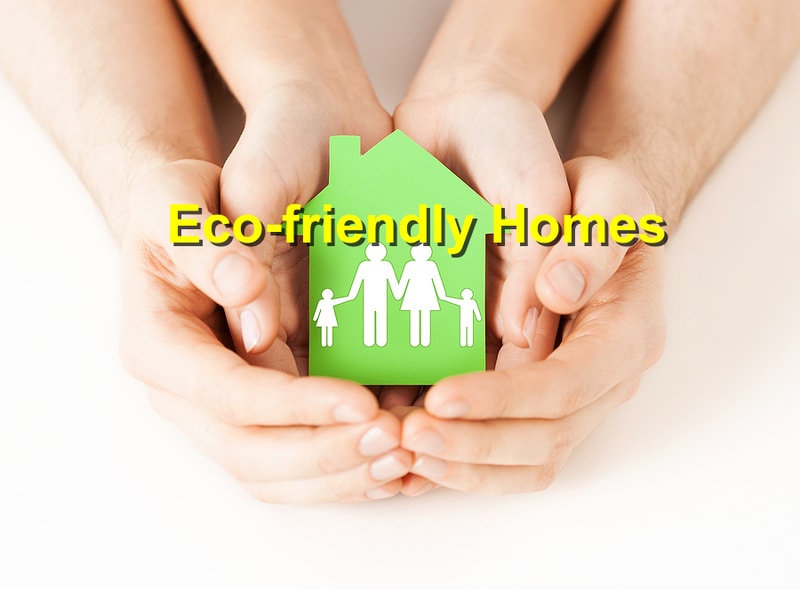Explore the principles of sustainable design and green building practices for creating eco-friendly homes that prioritize environmental responsibility and energy efficiency. Learn about innovative techniques and materials that reduce environmental impact and promote sustainability in residential construction.
Sustainable Design: Principles for Eco-Friendly Homes
Sustainable design encompasses a range of principles aimed at minimizing environmental impact and maximizing energy efficiency throughout the lifecycle of a home. From passive solar design and natural ventilation to energy-efficient appliances and insulation, eco-friendly homes are designed to optimize energy performance while minimizing resource consumption and waste generation.
Green Building Materials: Innovations for Sustainable Construction
Advancements in green building materials offer homeowners a wide range of options for reducing environmental impact and promoting sustainability in residential construction. From recycled and reclaimed materials to low-VOC paints and finishes, eco-friendly homes incorporate sustainable materials that minimize off-gassing and contribute to healthier indoor air quality.
Energy-Efficient Systems: Harnessing Renewable Energy Sources
Energy-efficient systems play a crucial role in reducing energy consumption and promoting sustainability in eco-friendly homes. Solar panels, geothermal heating and cooling systems, and high-efficiency HVAC systems are just a few examples of renewable energy sources and technologies that help homeowners reduce their reliance on fossil fuels and lower their carbon footprint.
Passive Design Strategies: Maximizing Natural Resources
Passive design strategies leverage natural resources such as sunlight, air, and water to optimize energy performance and comfort in eco-friendly homes. Orientation, shading, and thermal mass are key considerations in passive solar design, while natural ventilation and daylighting techniques help minimize the need for artificial heating, cooling, and lighting.
Water Conservation: Preserving a Precious Resource
Water conservation is an essential component of sustainable design in eco-friendly homes. Low-flow fixtures, rainwater harvesting systems, and drought-tolerant landscaping are effective strategies for reducing water consumption and promoting efficient use of this precious resource, helping homeowners minimize their environmental impact and lower utility costs.
Healthy Indoor Environment: Enhancing Comfort and Well-Being
Eco-friendly homes prioritize the creation of a healthy indoor environment that enhances occupant comfort and well-being. Low-emission materials, proper ventilation, and indoor air quality monitoring systems help minimize exposure to harmful pollutants and allergens, creating a safer and more comfortable living space for homeowners and their families.
Building a Sustainable Future: Commitment to Environmental Responsibility
By embracing sustainable design principles and green building practices, homeowners can play a crucial role in building a more sustainable future for generations to come. From reducing energy consumption and carbon emissions to conserving natural resources and promoting healthier living environments, eco-friendly homes demonstrate a commitment to environmental responsibility and stewardship of the planet.
References: Xometry, Blackridge




